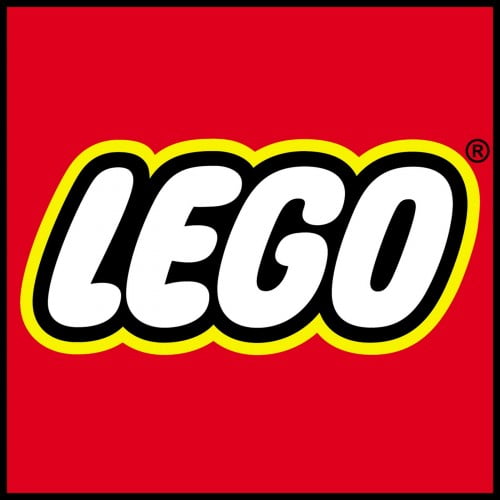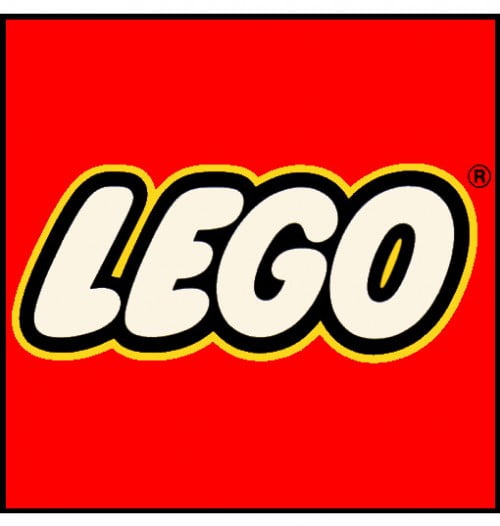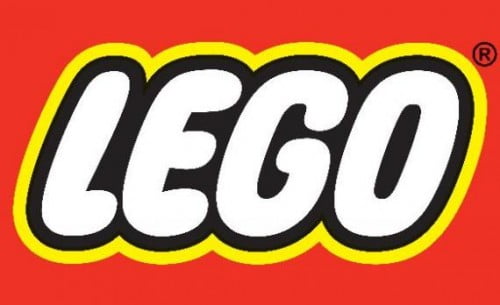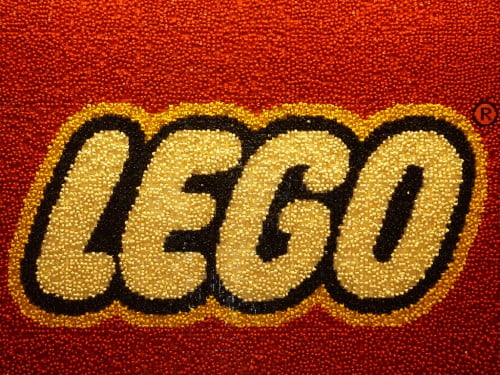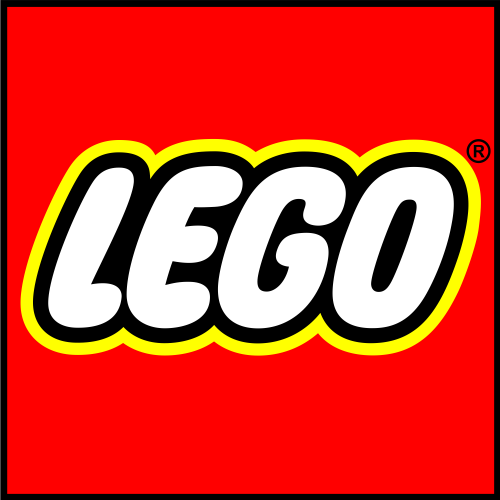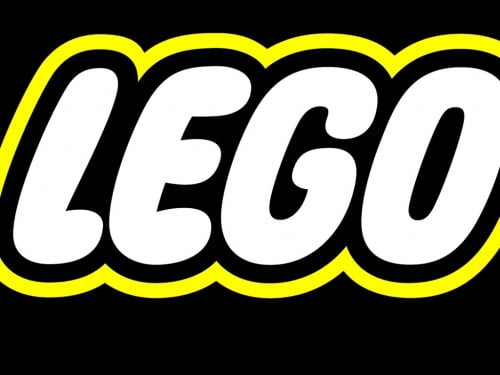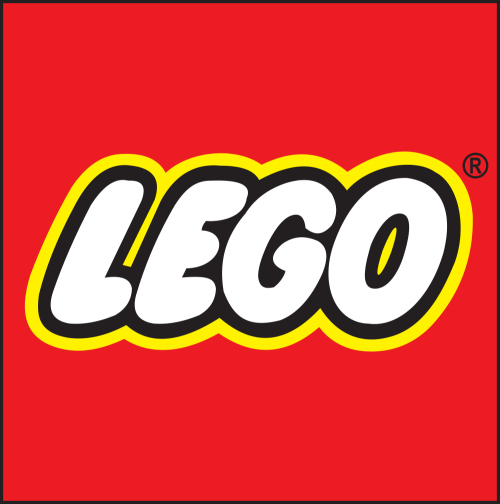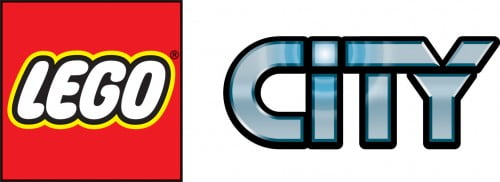Lego Logo — LEGO is a company of toys Danish recognized primarily for its Interlocking plastic blocks. The name LEGO was adopted by the company in 1934 , formed by the sentence of the Danish “leg godt” meaning “play well”. Until 1949 , LEGO was devoted almost exclusively to produce toys of wood .
The design of LEGO bricks can be simple. The wide range of parts in the LEGO system of play seems to require explanation, as they are made for children are designed so that instructions require minimal or even nil. To achieve such simplicity, however, requires a considerable amount of engineering and precision manufacturing for each piece of LEGO universe.
One of the essential features of LEGO bricks throughout its history has been that each is primarily part of a system . Each new series and game that is released is fully compatible with the rest of the system, the LEGO pieces, regardless of size, form or function, fit with all other LEGO pieces somehow. The gear and motor mechanisms introduced in advanced Technic sets, designed for teenagers, can be combined with DUPLO bricks designed for children 3 years old without any effort. These features allow the system to grow and adapt LEGO as children get older, the infinite possibilities presented by the system keep many adults fascinated as well.
LEGO parts manufacturing is done in a number of locations around the world. By the 2003 parts are molded in one of two plants in Denmark and Switzerland . The brick decoration and packaging can be done at plants in Denmark, Switzerland, the United States , South Korea and the Czech Republic . Annual production of LEGO bricks round about the 20,000 million annually, or about 2.3 million per hour.
Bricks, beams, axles, minifigs and all other pieces in the LEGO system are manufactured to an exacting tolerance level. When joined, the pieces must have the proper grip level, should be able to stay together to be separated. They should be very easy to separate because the resulting Lego constructions would be unstable and can not be very difficult to separate as much of the fun of LEGO is the ability to disassemble a building to create something new. To maintain the appropriate level of grip, the LEGO pieces are made with a degree of tolerance of two thousandths of a millimeter (0.002 mm).
One technique that helps maintain the high level of quality is the small capacity of the molds, some toy companies use molds capable of stamping up to sixty pieces at a time to save on manufacturing costs. LEGO molds generally have a much smaller capacity and are carved with great precision machine, usually costing tens of thousands of dollars. The molds of injection are equipped with sensors to detect fluctuations in pressure and temperature, any of which may degrade the quality of the resulting piece. Human inspectors check the products of each mold meticulously to ensure that there are large variations in color or thickness. The molds are kept worn on the foundations of buildings to prevent them from falling into the hands of competitors. According to the company LEGO, the molding processes are so accurate that only 18 of every million parts produced fall below their standards. Thanks to dump all the care in manufacturing that LEGO has maintained a high degree of quality for decades and is the partial cause of parts manufactured 30 years ago continue to be interconnectable with newly manufactured parts.
Today Lego is launching new sub-brands as Lego Space Police, Power Miners and Lego Lego Architecture. But not only focuses on the new sub-brands but also is launching new products like Lego Grand Carousel Creator or as the highly anticipated new Minigames Lego.
